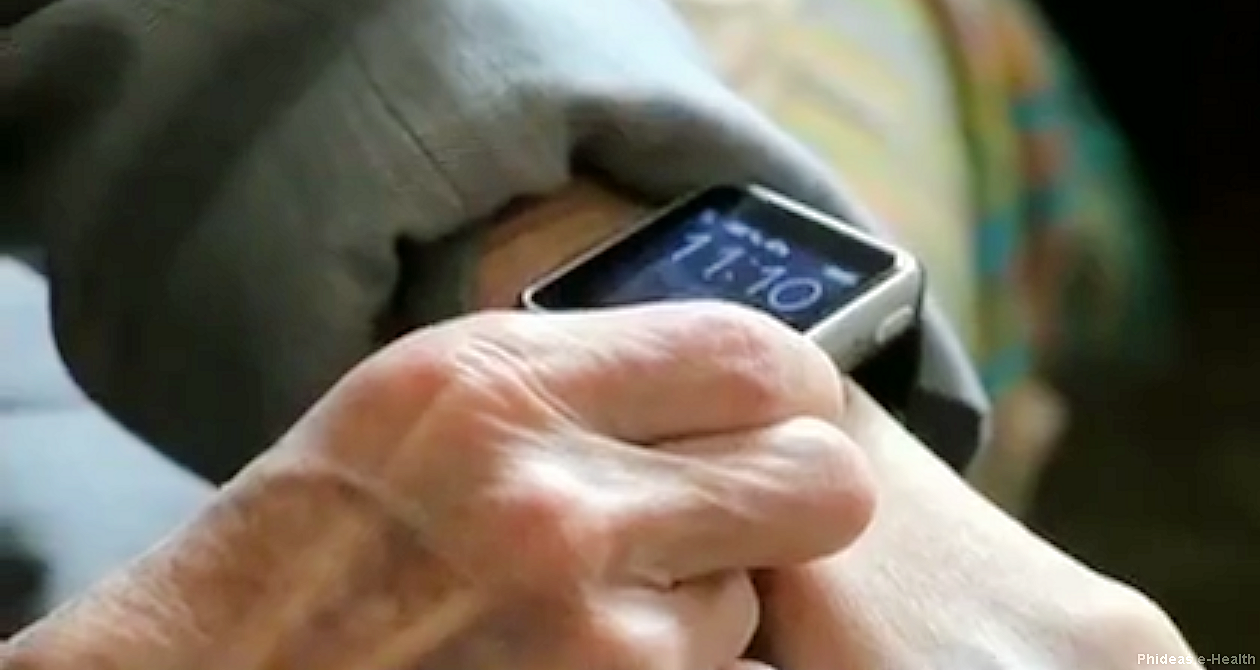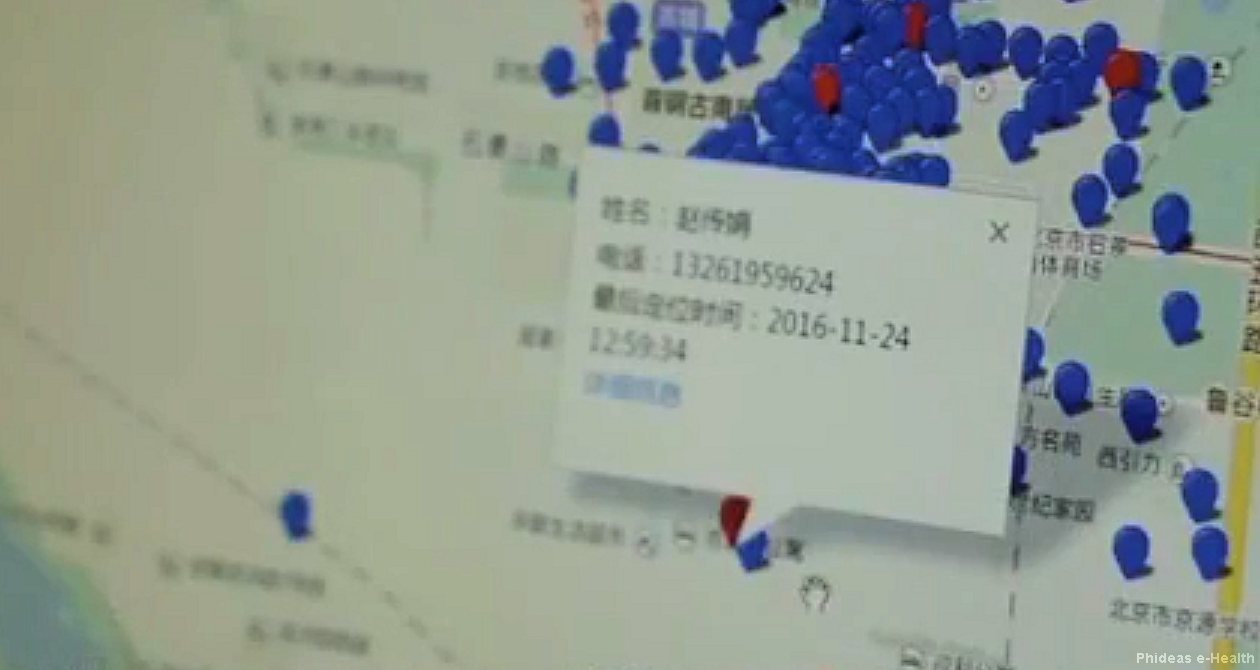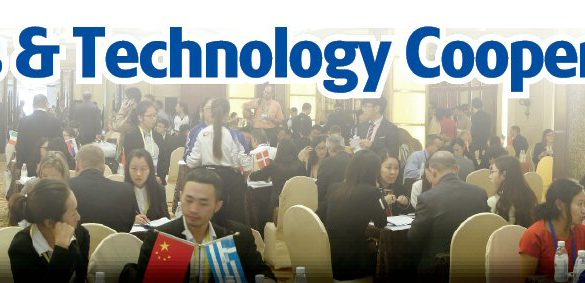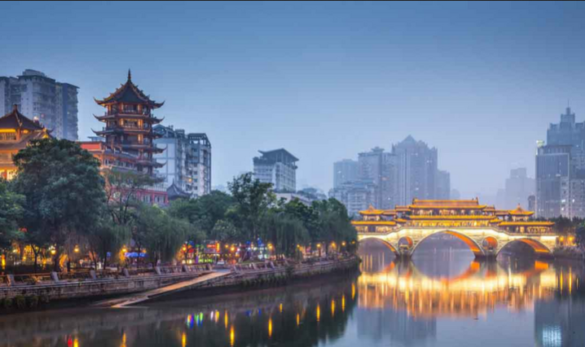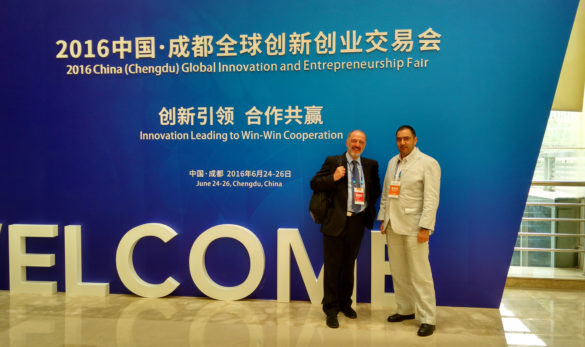
Alfonso de Arribas de Renedo – Phideas CEO – (right) with Jean-Marie Rousseau du Barry – TAO Itineris CEO – (left) at 2016 China Global Innovation & Entrepreneurship Fair in Chengdu Chengdu, June 2016. Alfonso de Arribas de Renedo – CEO of Phideas – is currently participating in 2016 China […]
